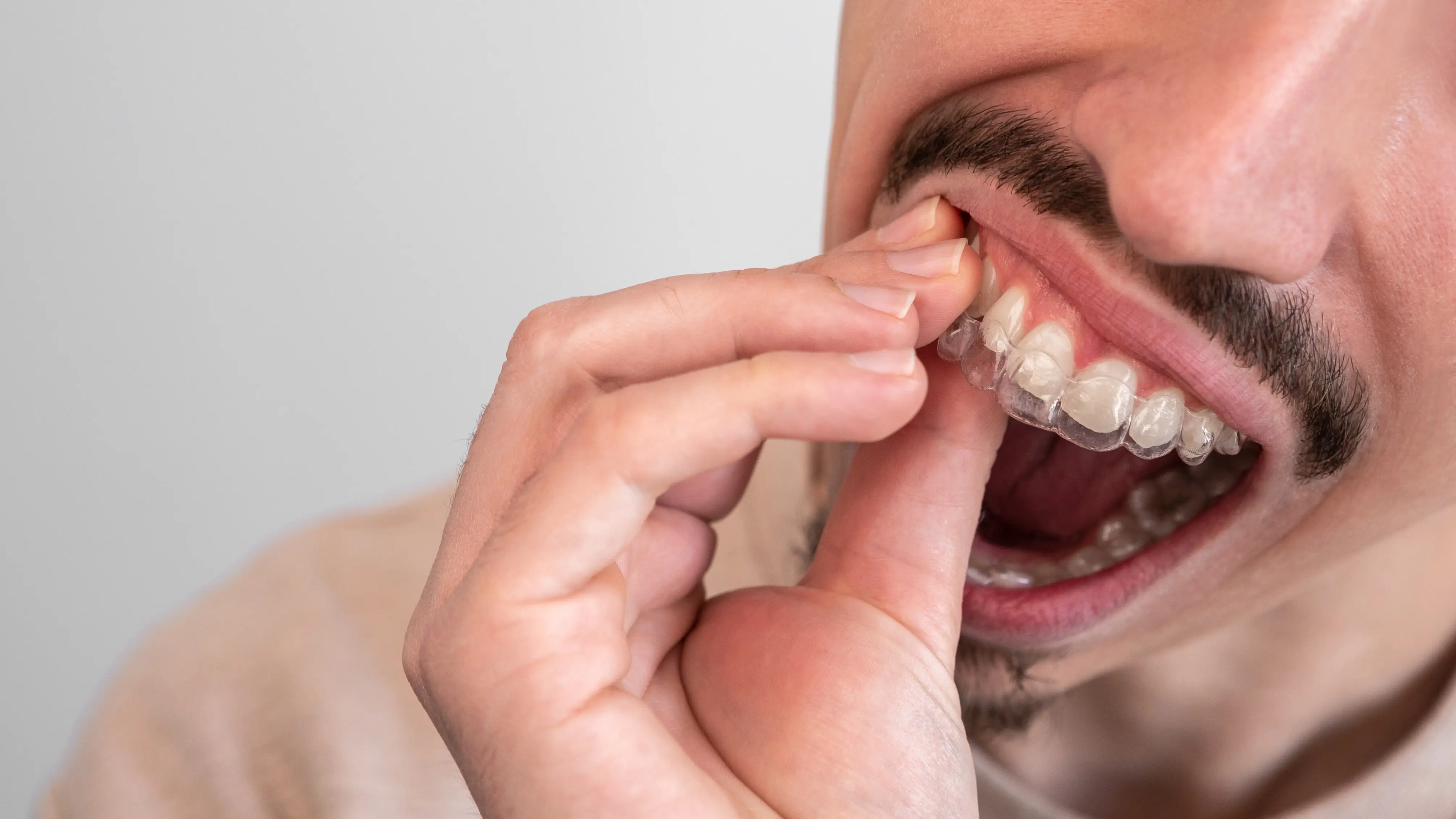Can Invisalign Fix The Worst Teeth?
Numerous treatment options are accessible for teeth straightening. The United States has a group called the American Association of Orthodontists, and they think both regular metal braces and Invisalign work well. Can Invisalign effectively improve severely misaligned teeth? Let us determine the answer.
Invisalign treatment plans use a series of plastic aligners to move the teeth gradually. They are designed to be worn for 22 hours a day, allowing for good oral hygiene practices such as brushing and flossing. This is a significant advantage over traditional braces, where metal brackets and wires can make dental care more challenging.
How Does Invisalign Work?
Invisalign uses a series of clear, removable aligners that gradually shift your teeth into their correct positions. Unlike traditional braces, Invisalign aligners are virtually invisible and can be removed for eating, drinking, and cleaning.
Each aligner is custom-made for your teeth, ensuring a comfortable fit. You'll switch to a new set of aligners every one to two weeks, with each set designed to continue the progress of the last.
Can Invisalign Correct Severe Dental Issues?
Many people with severe dental issues have found success with Invisalign. Overcrowding, significant overbite, underbite, crossbite – Invisalign can correct these and more. The success of Invisalign for serious dental problems relies on the details of your teeth issues and how skilled your orthodontist is.
Comparing Invisalign with Other Types of Braces
Your teeth naturally shift as you grow and go through different stages of development. As you age, your teeth naturally shift and change positions within your mouth. Some of these changes occur as you transition from baby teeth to adult teeth, and others happen as your jaw and facial structures continue to develop.
In addition to this natural tooth movement, there are cases where orthodontic treatment comes into play. Orthodontic treatment is a dental process that involves the use of devices like braces or other orthodontic appliances.
These devices are designed to guide your teeth into more ideal positions and alignments. This treatment can help correct issues like crooked teeth, misalignments, or bite problems. So, wearing braces is a common method for facilitating this controlled tooth movement.
Tooth movement happens in two ways: it's either part of your body's natural growth, or it can happen because of orthodontic treatment, like wearing braces. This plays a crucial role in your dental progression, affecting not only your smile but also your overall oral well-being and facial aesthetics. Traditional metal braces use stainless steel brackets and wires to hold the wires in place. These braces are typically worn for a long term amount of time and can effectively address alignment issues.
Ceramic braces, also known as tooth-colored braces, function similarly to metal braces. However, they use ceramic brackets that blend in with the teeth, providing a less noticeable option. Lingual braces, or invisible braces, are another option. These braces are placed on the back of the teeth, making them virtually invisible.
While each of these options can effectively straighten your teeth, they each have their own pros and cons. Having a discussion with a dental specialist is essential for identifying the most appropriate treatment option tailored to your specific needs.
One of the main advantages of Invisalign is the ease of maintaining oral hygiene. The aligners can be removed for brushing and flossing, which can lead to healthier teeth and gums in the long term. Additionally, the treatment times for Invisalign can often be shorter than with traditional braces.
However, Invisalign may not be the best choice for all dental problems. Severe jaw pain, for example, may require a different treatment approach. For personalized guidance, it is advisable to seek consultation with a dentist or orthodontist who can determine the most suitable treatment for your individual requirements.
Ultimately, whether Invisalign can fix the worst teeth depends on the specific issues at hand. Invisalign can effectively treat a wide range of dental problems, but it may not be the best choice for everyone. It's crucial to have a thorough consultation with a dental professional to determine the best course of action.
Ready to start your journey to a healthier, more confident smile? Book an appointment with one of our orthodontic specialists today!
Conclusion
Invisalign offers a discreet and comfortable alternative to traditional braces, making it an appealing option for many individuals seeking orthodontic treatment. Before deciding between Invisalign and braces, it's crucial to have a comprehensive evaluation by a qualified dentist or orthodontist. They will consider your specific dental issues and lifestyle to recommend the most suitable treatment.
The ultimate objective is to achieve not only straighter teeth but also improved oral health and a boost in self-confidence. So, whether you opt for the clear aligners of Invisalign or the more traditional approach of braces, you're taking a positive step toward a brighter, more confident smile.
